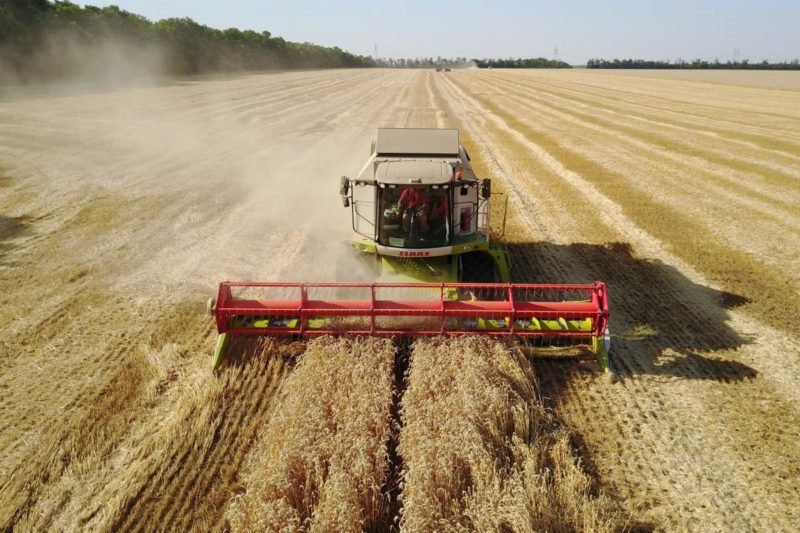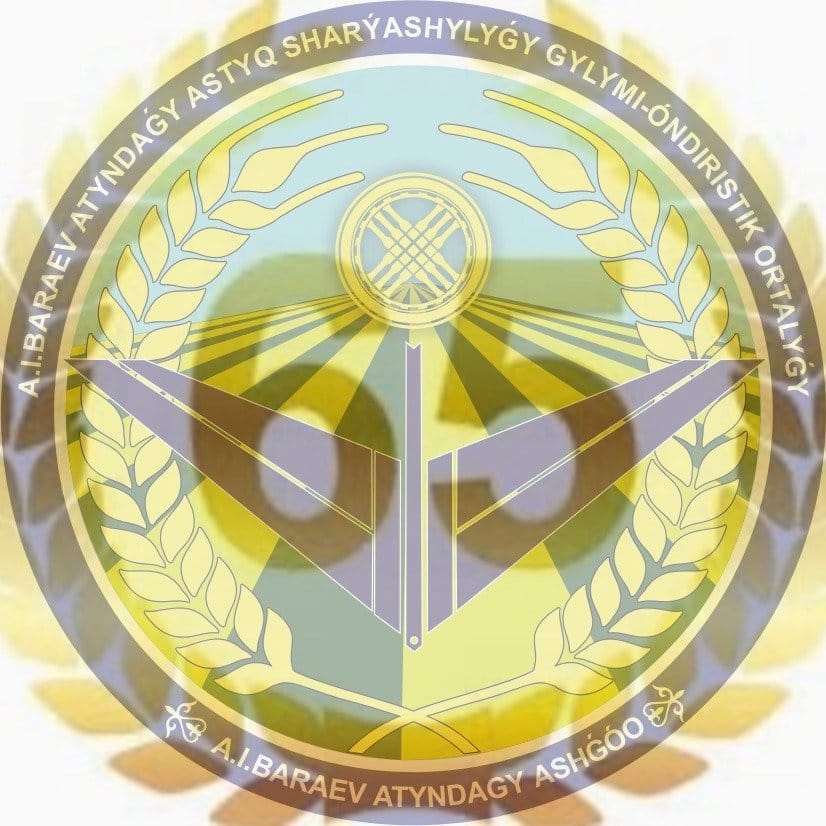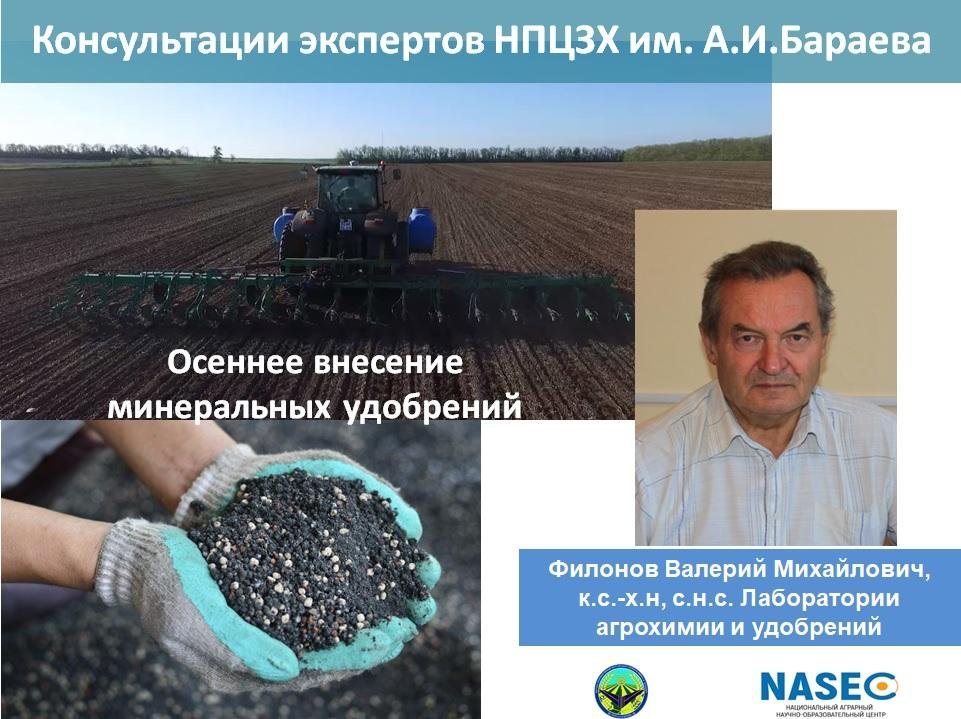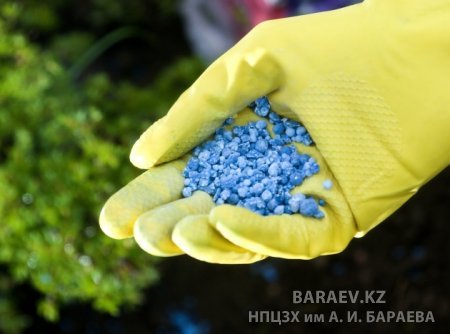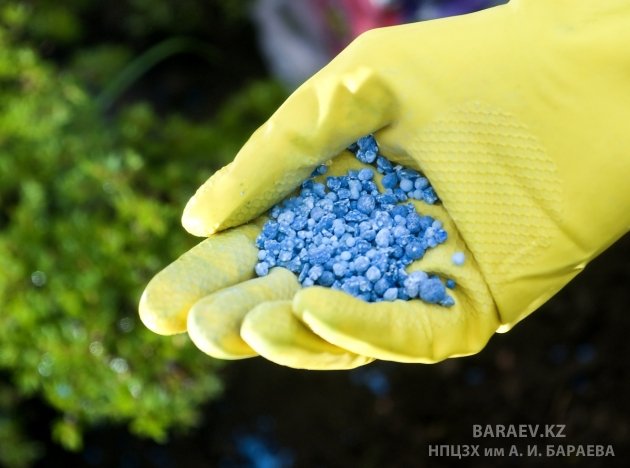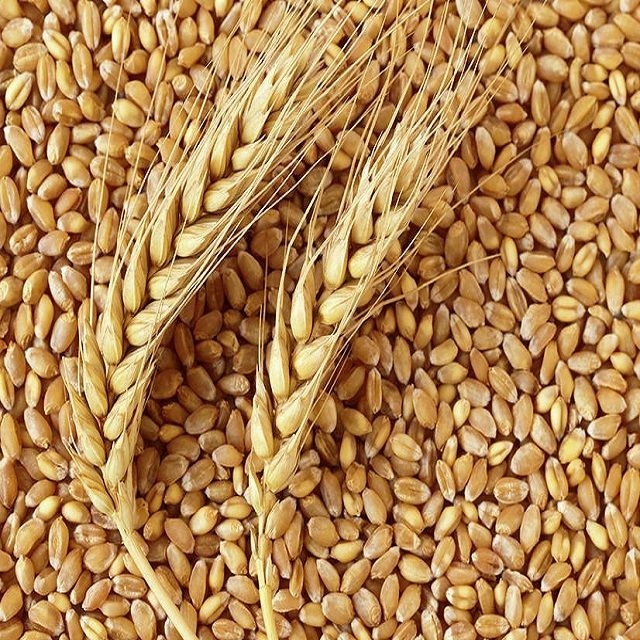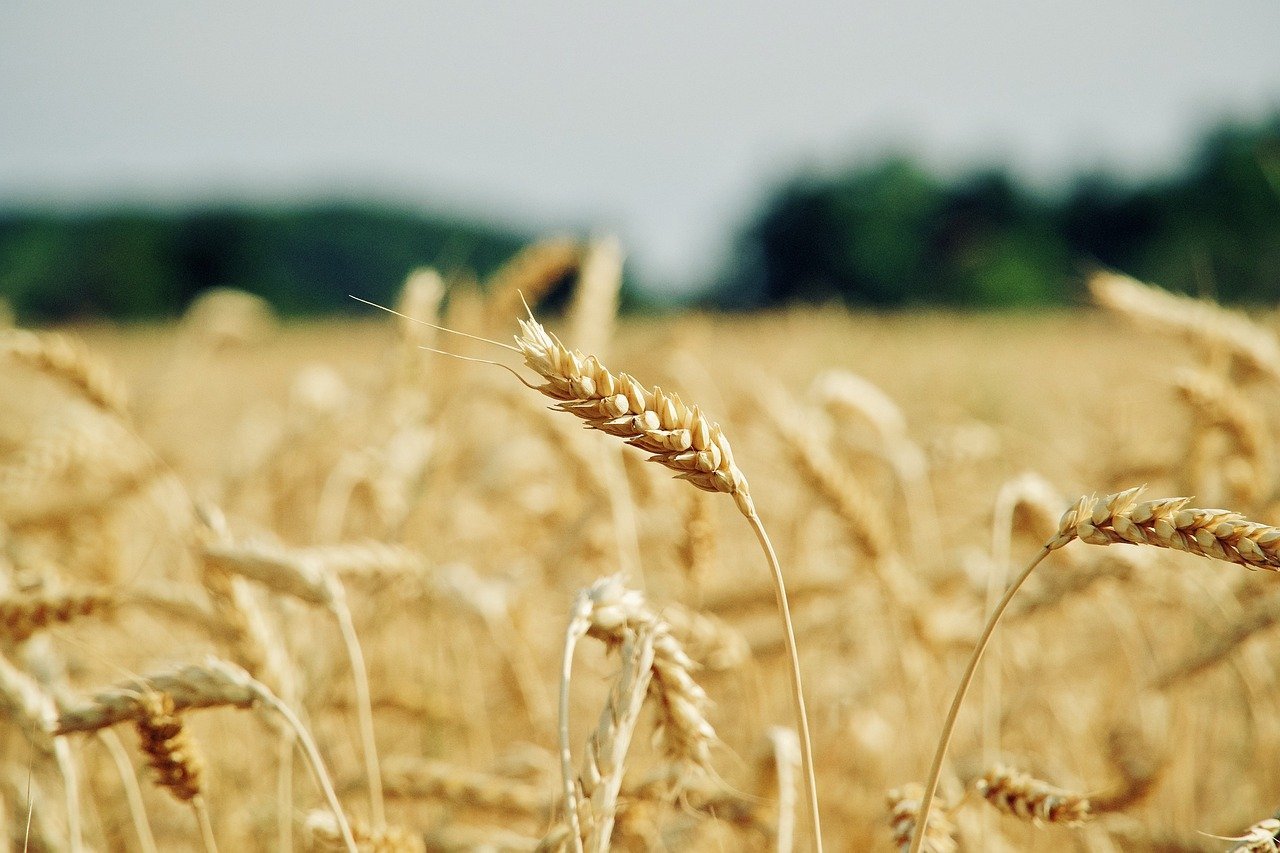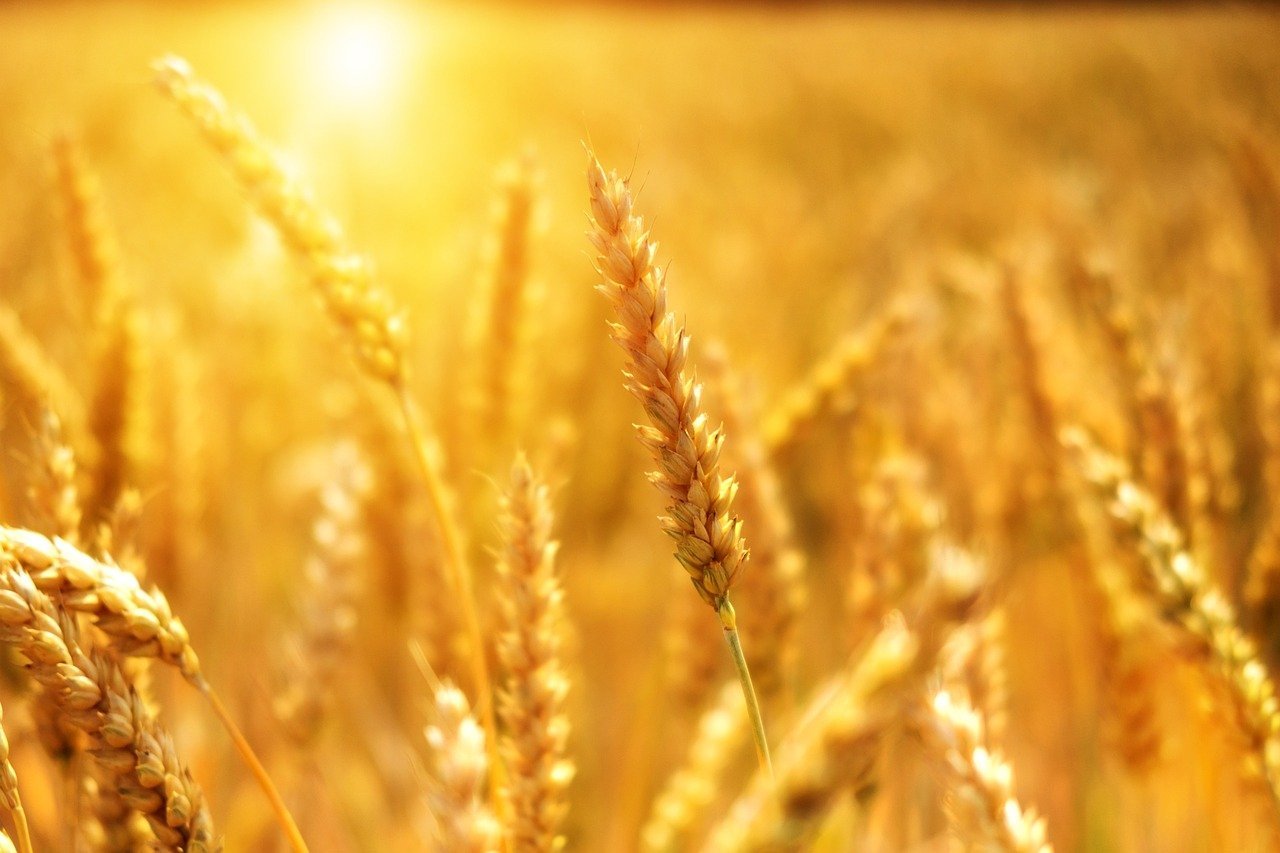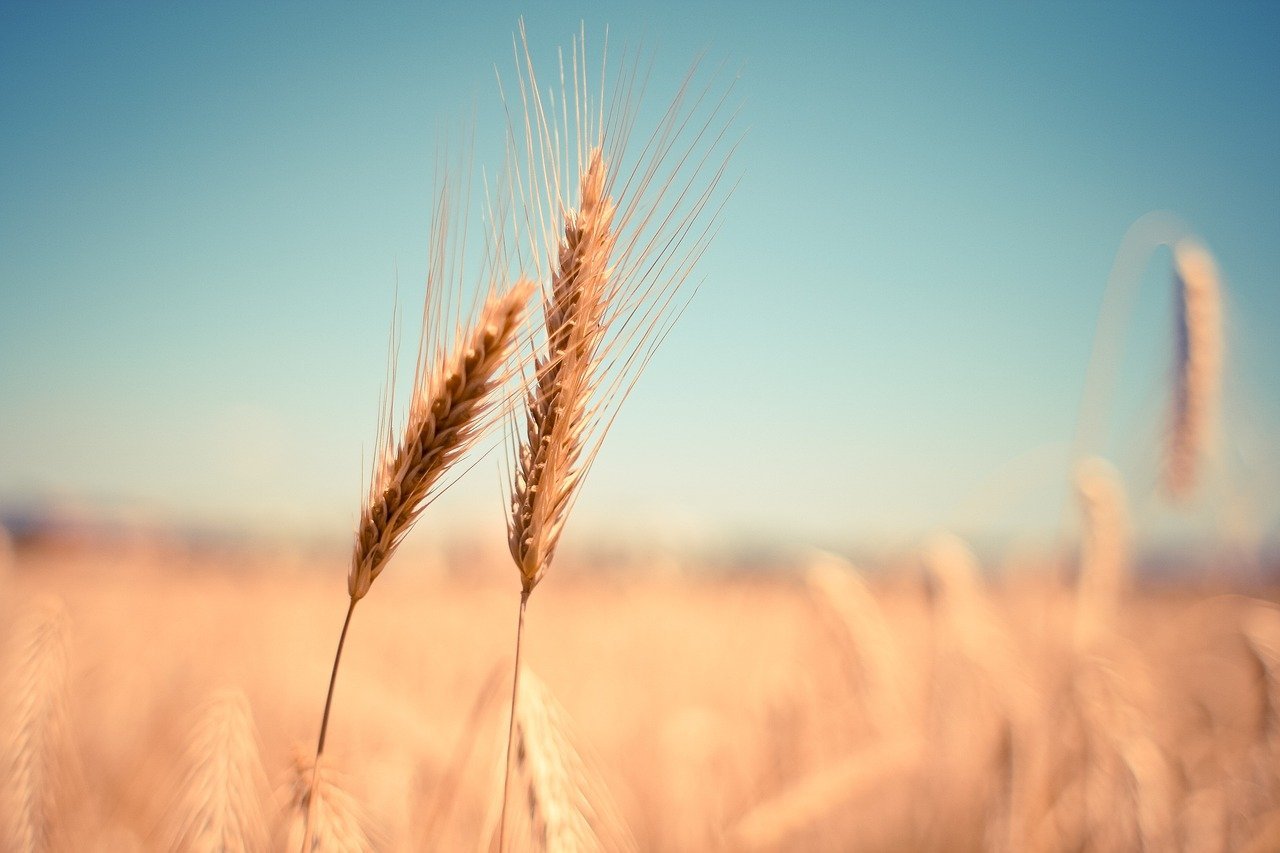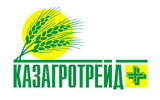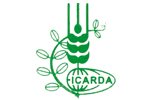Nutritional regime: adjustable from autumn
News
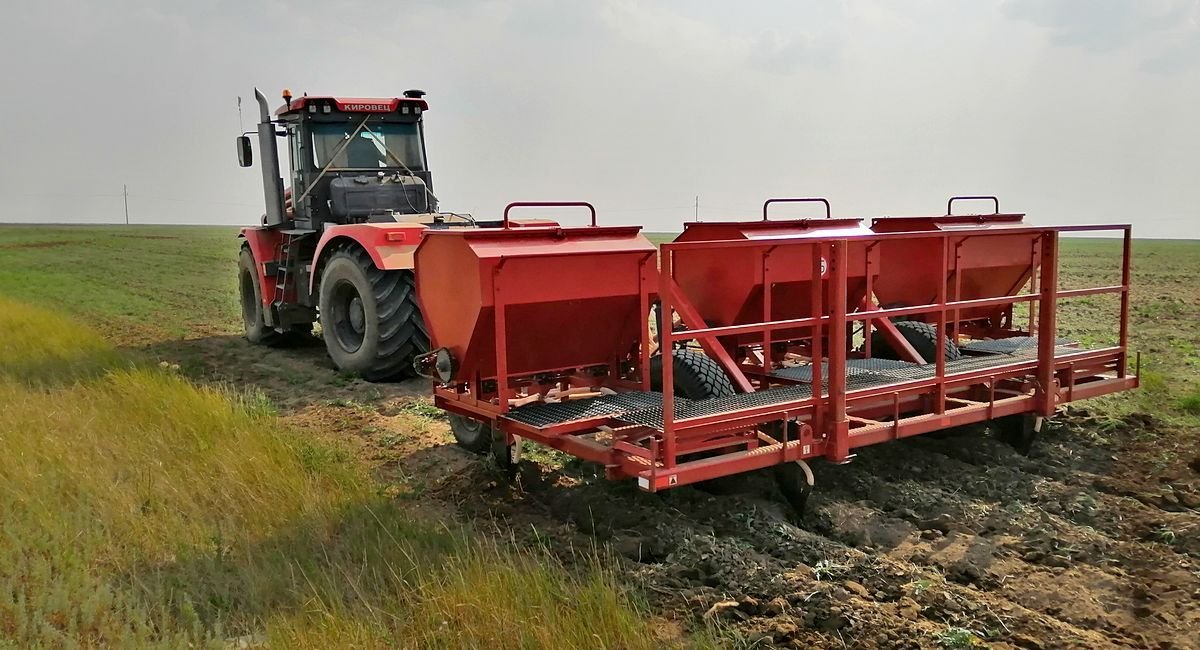
As you know, together with the grain from the field, a certain part of the nutrients taken from the soil for the formation of productivity is alienated. In this regard, a legitimate question arises - to apply or not to apply fertilizers in the fall? Scientists of the A.I. Barayev SPCGF, in recommendations for autumn field work-2020, note that the need for this technological technique depends entirely on the amount of yield obtained in this particular field.
Is there enough nitrogen?
The issue of the autumn application of mineral fertilizers mainly concerns the replenishment of nitrogen nutrition. Of course, with a low crop yield (up to 12 kg / ha), the removal of nitrogen will be insignificant, and its main amount will remain unused in the soil. In this case, nitrogen fertilization can be omitted or, with a high phosphorus content, ammonium nitrate can be applied at a dose of 80-100 kg / ha.
When obtaining a yield of 15-20 c / ha, soil nitrogen reserves are used almost completely. In this case, the dose of ammonium nitrate increases to 150-200 kg / ha in physical weight. Saltpeter is applied superficially for flat-cut processing or without tillage. With surface application without subsequent treatment, the application period should be later, when the daily temperature goes below +10 degrees. Also, autumn application of nitrogen fertilization is possible with cultivator-seeders or seeding complexes with a planting depth of 5-10 cm. In the same way, autumn application of phosphorus and complex fertilizers is possible in the widest range of doses.
Organic: grind straw to 5-20 cm
Considering the decrease in the number of animals, the need for straw is currently insignificant, therefore it is most advisable to use the main amount of straw as an organic fertilizer. Such use of the low-value part of the crop makes it possible not only to reduce the cost of harvesting, but also to replenish the soil with organic matter, optimize the living conditions of soil microorganisms, and improve the agrophysical properties of the soil.
The use of straw for fertilization is justified by a number of factors: simple reproduction of soil fertility is ensured, conditions are created for obtaining a stable harvest of subsequent crops, and production costs are reduced. Agrotechnical requirements for the use of straw as organic fertilizer are as follows:
- straw for fertilization is best used in the crop rotation system;
- it is more expedient to leave it under spring crops and in pairs;
- during harvesting, straw is crushed to a size of 50-200 mm and evenly distributed over the field, it plays the role of mulch for a certain time.
Save humus
The chemical composition of straw is unstable and on average is: N –0.6%, P - 0.2%,
K - 0.7%. With 1 ton of straw, 6 kg of nitrogen, 2 kg of phosphorus and 7 kg of potassium remain in the field. In addition, straw contains 35-40% carbon, as well as sulfur, calcium, magnesium and many different trace elements.
The nutrients bound in organic matter will be available to plants only 3-5 years after the decomposition of the straw. But with the systematic introduction of straw, this problem disappears by itself. All this stabilizes and preserves soil fertility. All straw should be spread evenly over the field.
In world agricultural practice, it is customary to leave straw on arable land in a crushed form, which is one of the most effective and most affordable methods for replenishing humus. It has been established that the annual leaving of straw in the fields leads, starting from 5-6 years, to the stabilization of the humus content. In terms of organic matter content, 1 ton of straw is equivalent to 3.5-4.0 ton of manure. The introduction of chopped straw leads not only to a positive balance of humus, but also helps to improve the physicochemical properties of the soil, reduce its bulk density, improve the structural composition, etc.
Why can't you burn straw?
It should be noted that the burning of straw causes significant damage to soil fertility. It has been experimentally proven that when burning heaps of straw, the temperature on the soil surface reaches 360ºC, at a depth of 5 cm - about 500, and the burnout of humus is noted in the 0-5 cm soil layer and water loss in the 0-10 cm layer. Studies have shown that when burning straw, the water-physical properties of the soil deteriorate, its biological activity decreases. In particular, the lumpiness of the soil increases, the share of agrochemically valuable aggregates decreases from 66-72 to 52-67%, and their water resistance decreases from 52-58.5 to 49.4-52%. Burning stubble is allowed only as an exception in case of mass infestation of spike crops with root rot and fusarium, wheat thrips, exceeding the permissible threshold value.
Burning straw and stubble is a violation of environmental requirements, which is accompanied by administrative responsibility.
It should be remembered that timely and high-quality tillage, fertilization and the use of straw contribute to the accumulation of nutrients in a form accessible to plants and are the key to the future harvest.
Irina Gavrilenko
740 -рет қаралды




